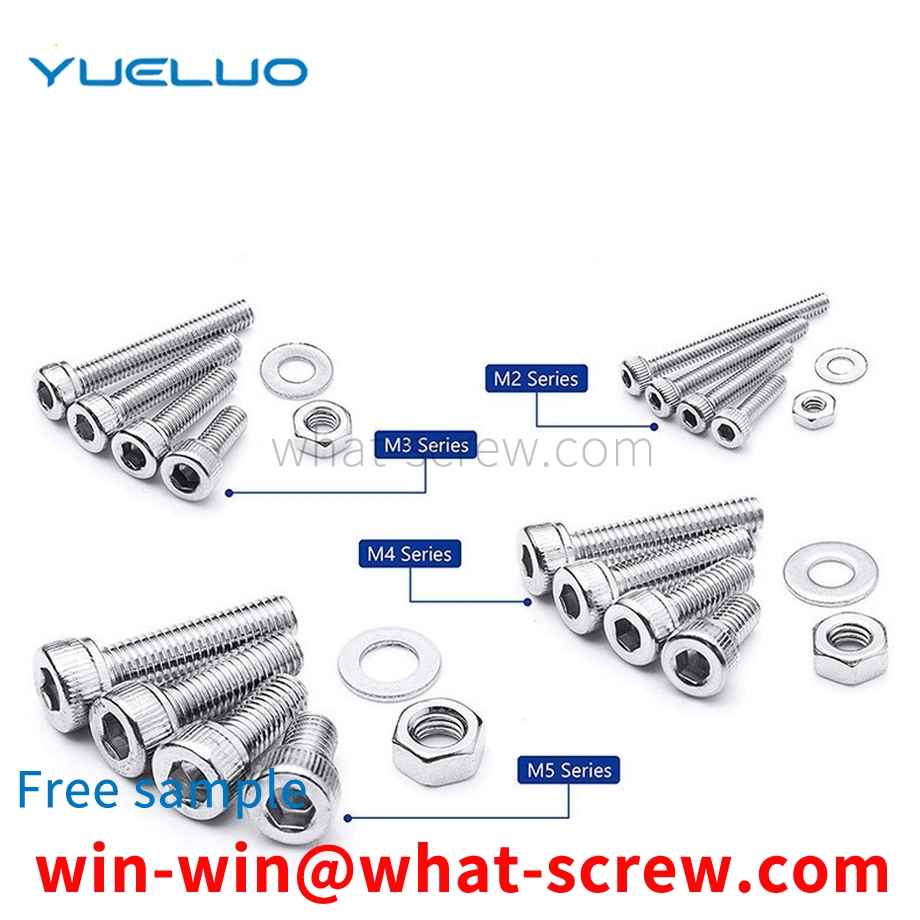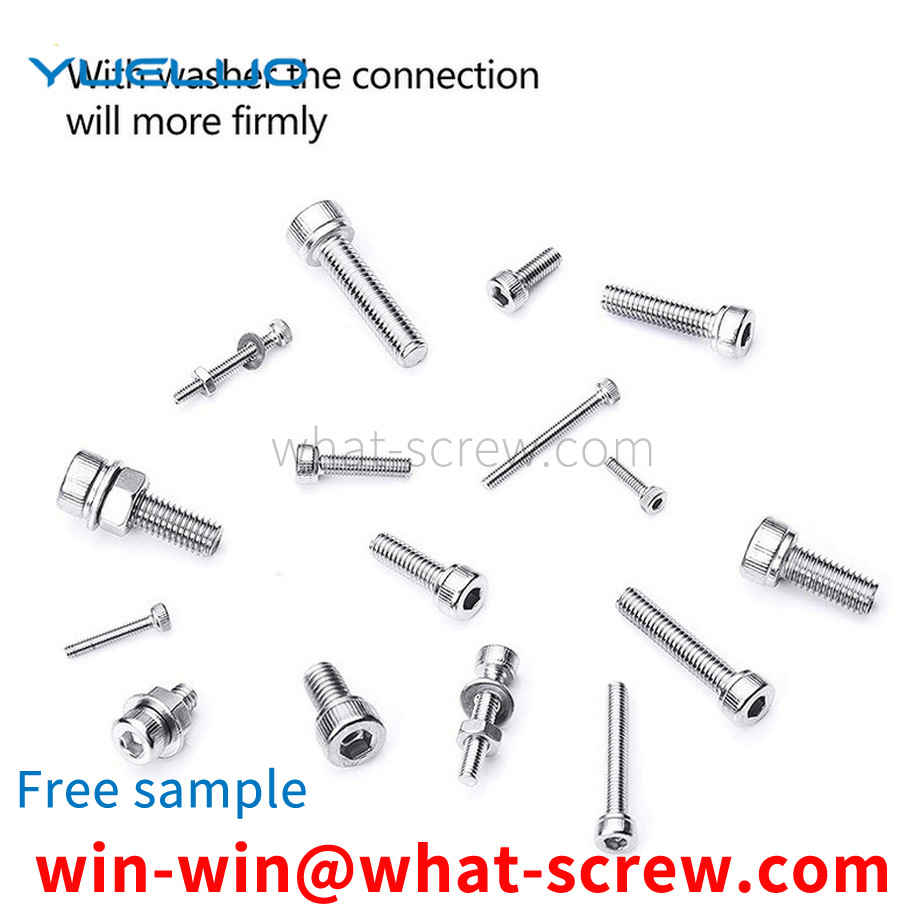With the rapid development of electronic technology, the integration of circuit boards is getting higher and higher, and the number of layers of circuit boards is increasing. Press-fit and fix to ensure accurate alignment during riveting and pressing. The rivets used on PCB boards are basically brass rivets. When riveting and pressing multi-layer PCB boards, metal chips are prone to appear, inner layer short circuits or foreign objects between layers, and because of the brass rivets With higher hardness and larger wall thickness, the riveted area of the PCB is thicker than the non-riveted area, which is easy to cause damage to the middle steel plate of the auxiliary tool. At the same time, the protruding rivets hinder the free expansion of the copper foil, which is easy to produce copper foil. wrinkling phenomenon. Now there are improved plastic rivets used to manufacture multi-layer PCB boards. The advantage is that no metal debris is generated, and at the same time, the tool steel plate is not damaged to the greatest extent. However, the existing plastic rivets are insufficient due to the inherent strength of plastics. When the PCB board is riveted and pressed, it is easy to deform, and the positioning is inaccurate, resulting in dislocation between layers, resulting in poor improvement of the product defect rate.
With the rapid development of electronic technology, the integration of circuit boards is getting higher and higher, and the number of layers of circuit boards is increasing. Press-fit and fix to ensure accurate alignment during riveting and pressing. The rivets used on PCB boards are basically brass rivets. When riveting and pressing multi-layer PCB boards, metal chips are prone to appear, inner layer short circuits or foreign objects between layers, and because of the brass rivets With higher hardness and larger wall thickness, the riveted area of the PCB is thicker than the non-riveted area, which is easy to cause damage to the middle steel plate of the auxiliary tool. At the same time, the protruding rivets hinder the free expansion of the copper foil, which is easy to produce copper foil. wrinkling phenomenon. Now there are improved plastic rivets used to manufacture multi-layer PCB boards. The advantage is that no metal debris is generated, and at the same time, the tool steel plate is not damaged to the greatest extent. However, the existing plastic rivets are insufficient due to the inherent strength of plastics. When the PCB board is riveted and pressed, it is easy to deform, and the positioning is inaccurate, resulting in dislocation between layers, resulting in poor improvement of the product defect rate.
In steelmaking plants, the wheels of metallurgical casting crane trolleys used for hanging liquid metal are connected with cardan shafts through flanges. Usually, a keyway is set in the radial direction of the connecting flange, and the keyway is a through groove. The B-type flat key is set in the keyway to transmit torque. During the frequent forward and reverse motion of the wheel, the flange connection bolts are easily loosened. Since the keyway is a through groove, the B-type flat key is easily caused when the flange connection bolts are loosened. It falls off from the keyway of the connecting flange and cannot transmit the torque, which seriously affects the working efficiency of the locomotive. In addition, because the B-type flat key falls off and cannot transmit the torque, the locomotive can only rely on the connecting bolt to transmit the torque when it continues to work. Poor, it is easy to damage and scrap the connecting bolts, and then damage the connecting flanges, requiring frequent replacement and maintenance, high cost, and difficult maintenance.
There are many types of T-bolts used with pre-embedded chutes, which are used for the connection of external components of pre-embedded chutes embedded in segments, U-beams, building concrete, etc. The fixing of the chute on the forming die. When producing segments and U-shaped beams, the embedded chute is fixed on the forming mold by T-bolts. During the concrete pouring process, the tightening nut is easily covered by concrete. In this way, the concrete on the fastening nut should be removed, but it is difficult to remove the concrete, which will cause inconvenience to the disassembly of the forming mold after the production of the segment and the U-shaped beam.
However, this process scheme has high cost, low efficiency, and has certain difficulties in quality assurance. In order to ensure product production efficiency, reduce manufacturing costs and improve product quality, it must be considered that the blank forming is completed on a multi-station cold heading machine at one time.
We have many years of experience in the production and sales of screws, nuts, flat washers, etc. The main products are: GB873 hollow core nails GB109 flat head rivets, plastic corrosion-resistant insulation, copper belt screws rivets, high-strength pins and other products, we can provide you with products suitable for you fastener solutions.



















 Service Hotline
Service Hotline




